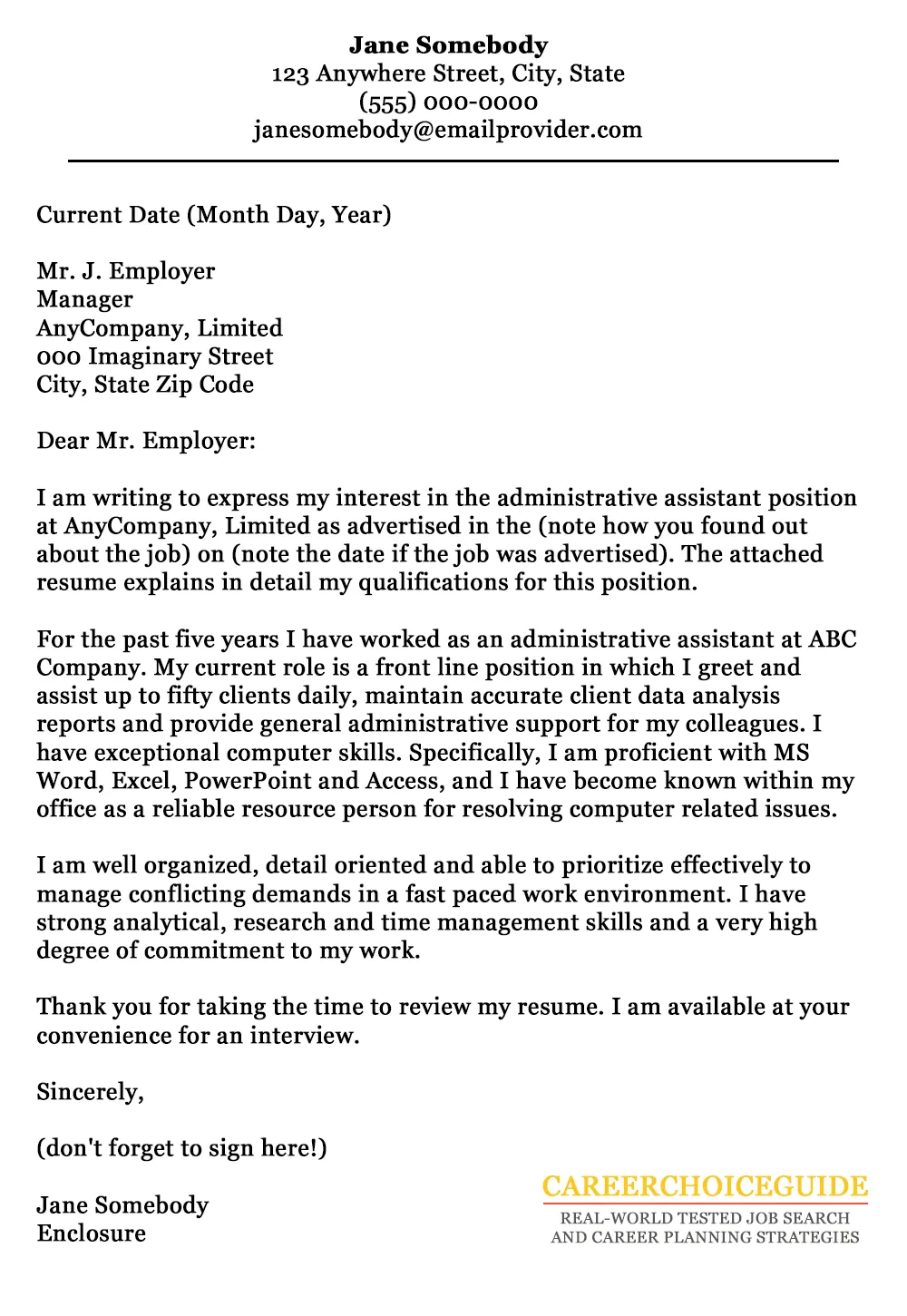What is a Cover Letter?
A cover letter is a crucial document that accompanies your resume when applying for a job. It serves as an introduction, providing a personalized view into your skills, experience, and why you’re a perfect fit for the specific role and company. Unlike your resume, which is a summary of your qualifications, a cover letter allows you to elaborate on your achievements and explain how they align with the job requirements. It’s your chance to make a strong first impression and convince the hiring manager to read your resume closely. A well-crafted cover letter can significantly increase your chances of landing an interview by highlighting your relevant experiences and expressing your enthusiasm for the position. This introduction is the key to open the door for your future career.
Why is a Cover Letter Important?
In today’s competitive job market, a cover letter is often the deciding factor between getting an interview and being overlooked. It demonstrates your communication skills, attention to detail, and your understanding of the specific job you’re applying for. A cover letter lets you address any potential gaps in your resume, such as career changes or periods of unemployment, and offer context. It also shows that you have taken the time to research the company and understand their needs. Including a cover letter also shows that you care enough to invest extra effort into your application. It allows you to show off your personality, explain your motivations and clearly show why you are the best choice for the job. Your cover letter could make the difference in getting your dream job.
Key Components of a Cover Letter
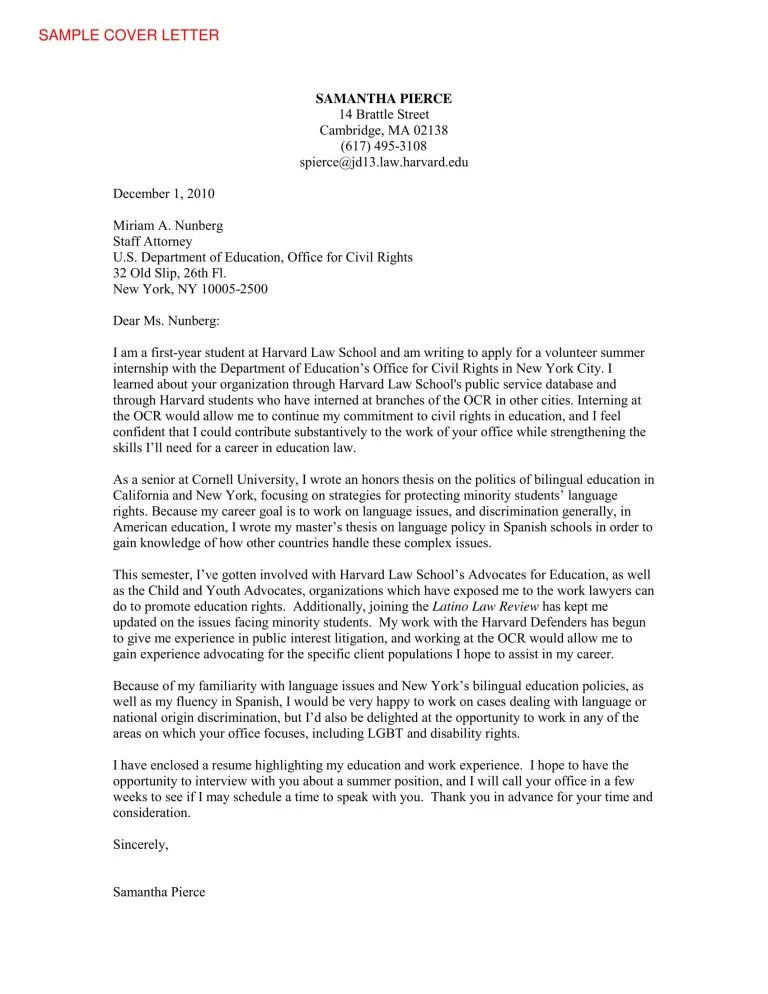
A well-structured cover letter consists of several key components that work together to create a compelling narrative. These elements, when combined effectively, make your application stand out. Understanding these different sections is key to write a cover letter that effectively highlights your skills and experiences. Mastering these components will show your professionalism.
Header Section
The header of your cover letter is the first thing a hiring manager sees, so it’s important to make it clear and professional. Include your contact information (name, phone number, email address, and possibly your LinkedIn profile URL). Also, include the date and the hiring manager’s name and title, if you know it, along with the company’s address. This section sets the tone for the entire letter, so ensure it’s formatted correctly and easy to read. A clean and well-organized header demonstrates your attention to detail and professionalism, which are essential qualities sought by employers. It’s important to make sure your email address sounds professional and matches your name, too.
Greeting
The greeting is how you address the hiring manager. A generic greeting like ‘To Whom It May Concern’ is acceptable, but it is far better to address the hiring manager directly. If you know the hiring manager’s name, use it. This shows that you’ve done your research and are making a personal connection. If you’re unsure, you can often find the name on the company’s website or LinkedIn. Addressing the hiring manager by name personalizes your letter and increases the chances of a positive response, signaling you took the time to research. This approach can make a strong first impression.
Body Paragraphs
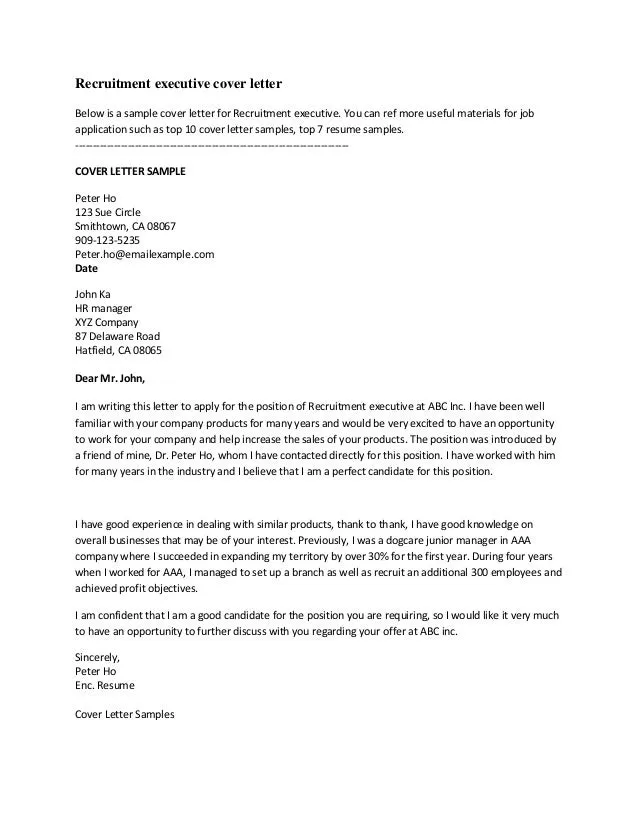
The body paragraphs are where you will showcase your skills and experiences. This is where you provide the most important information about your abilities and how they match the job requirements. This section should be clear, concise, and targeted to the specific job. You should customize your letter to highlight the skills and experiences that are most relevant to the position. Use the STAR method (Situation, Task, Action, Result) to describe your accomplishments and the impact you made in previous roles. The goal is to convince the hiring manager that you have what it takes to succeed. Use keywords from the job description to show that you have the relevant experience and skills to match the requirements.
First Paragraph
Your first paragraph should capture the reader’s attention. Start with a strong statement that grabs their interest. State the position you’re applying for and how you found the job. Briefly explain why you are interested in the role and the company. Make it clear that you are enthusiastic about the opportunity. This initial paragraph is your chance to make a good first impression and set the tone for the rest of your letter. The first paragraph should be brief and focused, providing a clear indication of your intentions. State how you learned about the job and explain why it attracted you to apply.
Second Paragraph
In the second paragraph, dive into your relevant skills and experiences. Highlight the key qualifications that match the job requirements. Provide specific examples of your accomplishments and the results you achieved in previous roles. Quantify your achievements whenever possible (e.g., ‘increased sales by 15%’). Tailor this section to the specific job description, emphasizing the skills and experiences that are most relevant. This paragraph is your opportunity to demonstrate your abilities. This section is key to show how your skills and experience align with the needs of the job.
Third Paragraph
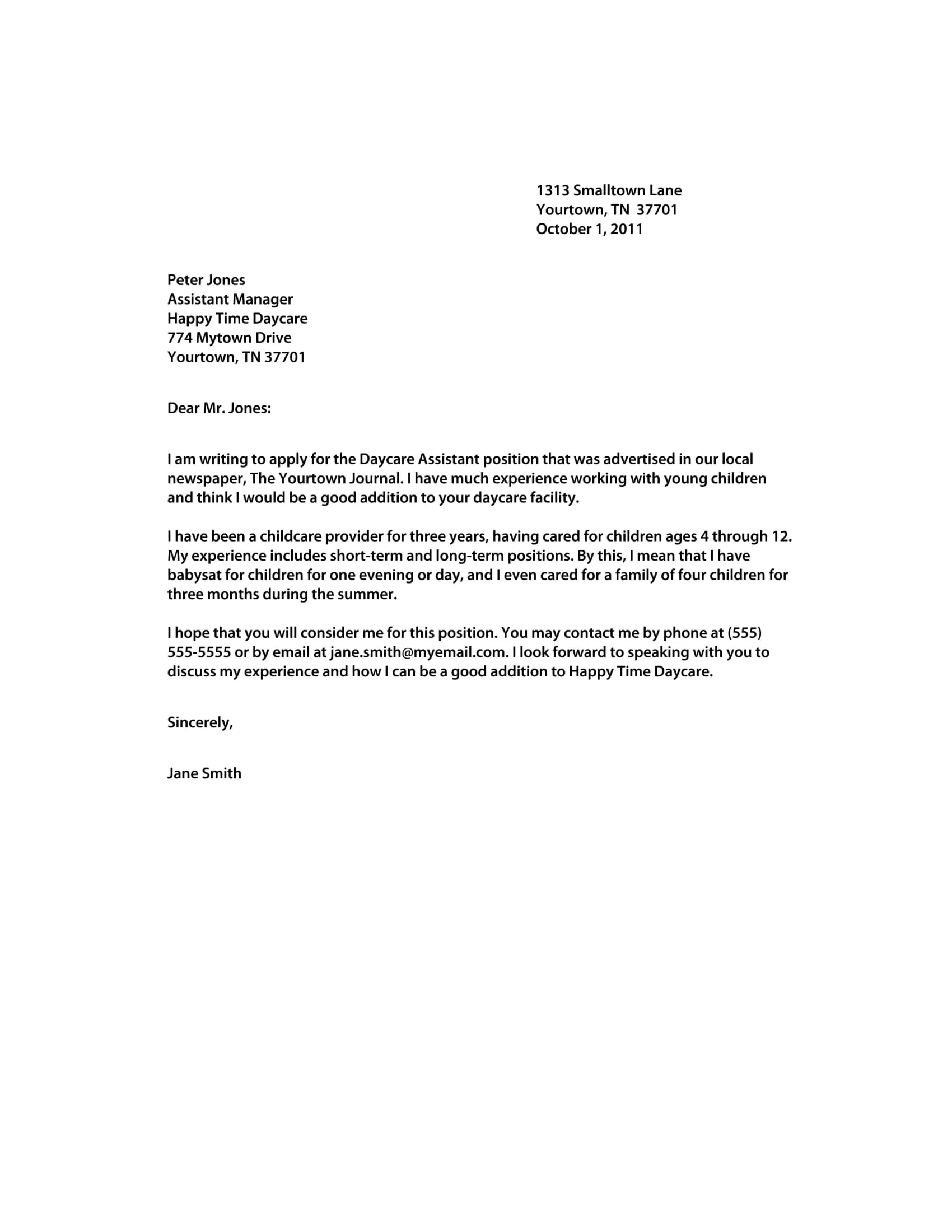
The third paragraph allows you to further connect your skills and experiences with the job’s requirements, or you can include a brief discussion of your personality and work ethic. This is also a good place to discuss your interest in the company’s mission and values or to highlight any unique skills or experiences that make you stand out. You can reiterate your interest in the position and express your enthusiasm for the opportunity to contribute to the company’s success. By doing so, you’re reinforcing the idea that you’re a great fit for the job. Show your eagerness to learn, contribute and join the team.
Closing
The closing of your cover letter is where you reiterate your interest in the position and express your desire for an interview. Thank the hiring manager for their time and consideration. Include a call to action, such as ‘I look forward to hearing from you soon’ or ‘I am eager to discuss my qualifications further.’ Always end with a professional closing such as ‘Sincerely’ or ‘Best regards.’ Be polite, confident, and enthusiastic in your closing remarks. The closing paragraph should be brief, clear, and leave the hiring manager with a positive impression. This is where you invite the hiring manager to take the next step.
Cover Letter Examples to Impress
Understanding how to write a great cover letter is important. Here are some examples that you can use as a template to get your own cover letter started.
Example 1 Example
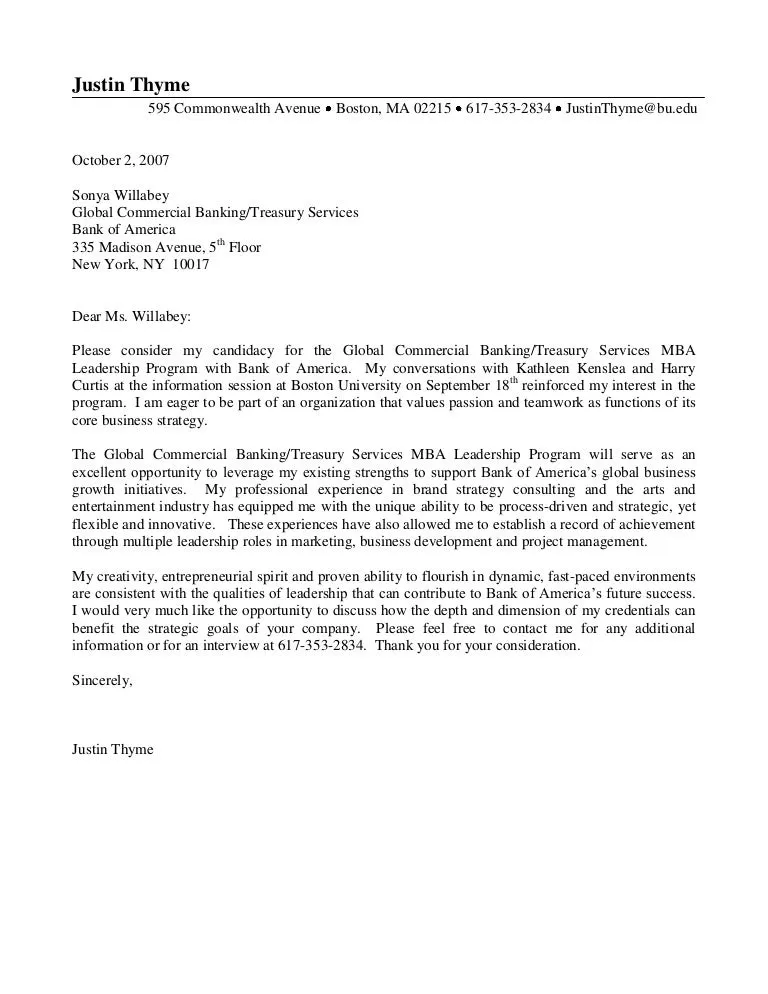
Example 1 is a great example of a cover letter, showcasing how the candidate is a good fit for the role. In the first paragraph, the candidate directly states the position they are applying for and how they learned about the job. The second paragraph highlights the candidate’s skills by going into detail with experience. The third paragraph reiterates the candidate’s interest in the position, while also highlighting their work ethic and how they can contribute to the company’s success.
Example 2 Example
Example 2, the applicant highlights their enthusiasm for the position while emphasizing their skills and experience. This example showcases how the candidate has the skills to excel in this role, which is backed by results. The letter is personable and well organized, showing the hiring manager the candidate’s expertise and interest in joining the team.
Example 3 Example
Example 3 uses a different approach by highlighting the candidate’s achievements using the STAR method to describe their impact on the company. They go into detail about how their skills have had positive results. The letter is concise and professional. The candidate shows the hiring manager that they are the right fit for the job.
Example 4 Example
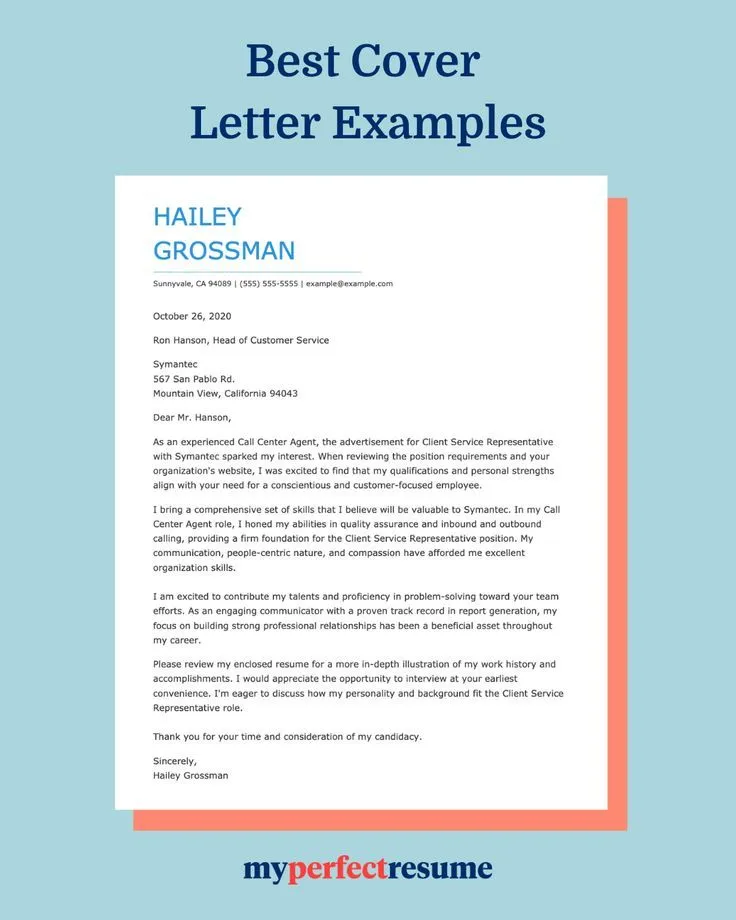
In example 4, the candidate highlights the importance of adapting their skills and experience to the job description. The candidate also uses different examples of accomplishments with numbers to show how their skills resulted in the company’s success.
Example 5 Example
Example 5 uses a great approach to show how the applicant is a good fit for the company. In this example, the applicant also explains why they are interested in the company’s mission and values. The closing statement is also effective in this cover letter. This example shows the hiring manager that the candidate cares enough to invest extra effort into their application.
Example 6 Example
Example 6 is a great way to provide a cover letter when you have little to no experience. The applicant provides a strong opening statement, providing the recruiter with their value and why they should be considered for the role. This cover letter is great to show how they are eager to learn, contribute, and join the team.
Example 7 Example
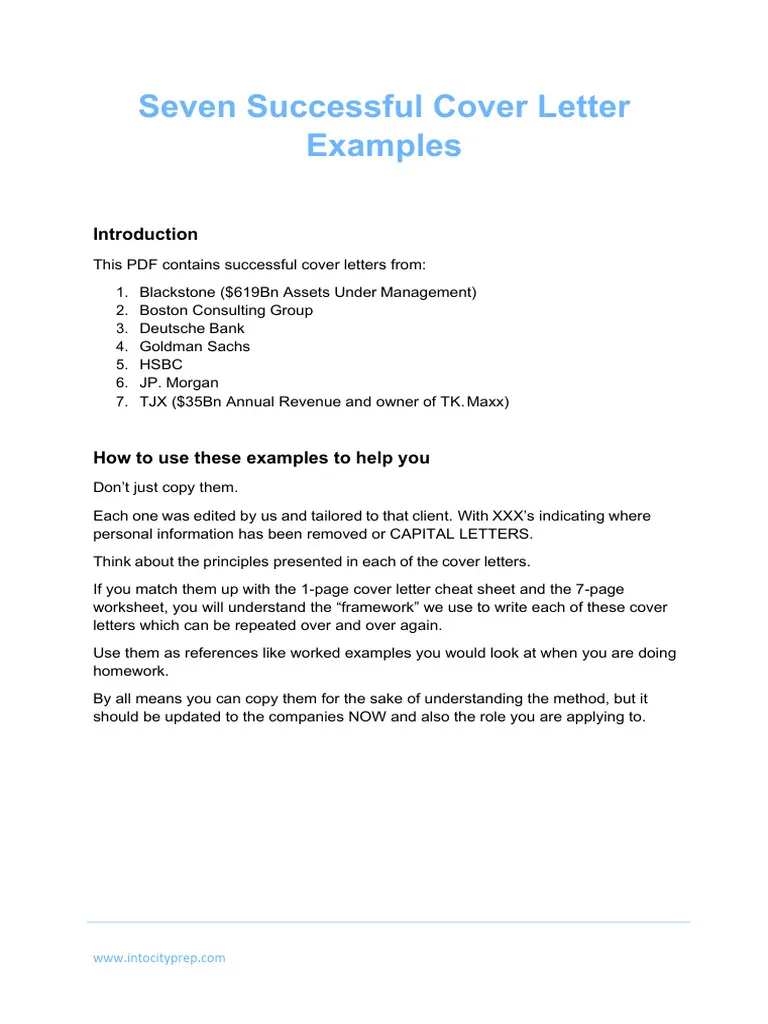
In Example 7, the candidate uses the cover letter to address any gaps in their resume, such as career changes or periods of unemployment. The cover letter shows the hiring manager why the applicant is the right fit for the job.
Tips for Writing a Successful Cover Letter
Writing a successful cover letter requires attention to detail and a strategic approach. To increase your chances of getting an interview, you should always make sure your cover letter is the best that it can be. The following tips will help ensure your cover letter stands out from the crowd.
Tailor Your Letter
Always customize your cover letter for each job you apply for. Do not use a generic template; personalize the content to align with the specific requirements of the position and the company’s values. Research the company and the role to understand their needs and how your skills can fulfill them. This shows the hiring manager that you have put in the effort and are genuinely interested in the opportunity. This approach demonstrates your understanding of the role and enhances your relevance. It demonstrates that you are serious about your application and have taken the time to understand the job requirements.
Highlight Achievements
Focus on your accomplishments and quantify them whenever possible. Instead of just listing your responsibilities, describe what you achieved in your previous roles. Use the STAR method (Situation, Task, Action, Result) to structure your examples and illustrate the impact you made. This helps demonstrate your value to the employer by highlighting your specific achievements. Quantifying your accomplishments makes your claims more credible and persuasive. Highlighting your achievements makes your cover letter more effective by showcasing what you can contribute.
Proofread Carefully
Before submitting your cover letter, meticulously proofread it for any errors in grammar, spelling, and punctuation. A cover letter filled with mistakes can create a negative impression, making you appear careless or inattentive to detail. Have a friend or colleague review your letter as well, as a fresh pair of eyes can catch errors you might have missed. Ensure that the formatting is clean and consistent throughout the document. Proofreading is a crucial step to making sure your cover letter is polished and professional. This demonstrates your attention to detail and makes you seem more credible.
Conclusion
A well-crafted cover letter is a powerful tool in your job search. By following these guidelines and examples, you can create a compelling cover letter that effectively showcases your skills and experience, and increases your chances of landing an interview. Remember to tailor each cover letter to the specific job, highlight your achievements, and proofread carefully. With a strong cover letter, you can make a lasting impression on potential employers and take the next step in your career. Use these tips to set yourself apart from other candidates.
